Indy Car vs Formula 1: Which Is Better? And What Is The Same
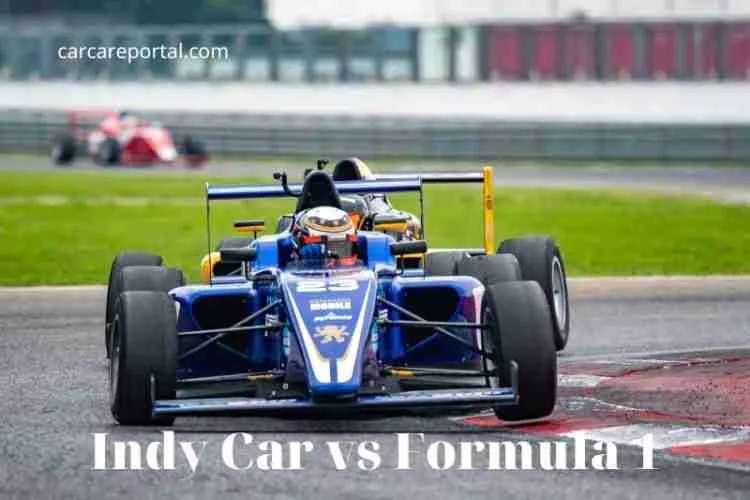
The world of motorsports is filled with much different racing series that all have loyal fans. Two of the most popular racing series are Indy Car vs Formula 1. While there are many similarities between the two, some key differences make them unique. Today, Carcareportal will look at some of those differences and see which series is the best.
Are F1 And Indy The Same? What Do IndyCar And F1 Have In Common?
Even though the vehicles seem identical in certain aspects, F1 and IndyCar are not the same. While both races are predominantly on road courses and depend on high amounts of downforce to achieve fast turning speeds, F1 is a worldwide event. At the same time, IndyCar is primarily famous in the United States.
There are several distinctions between F1 cars and IndyCars, as well as between the various championships. But, before we get into the specifics of each, consider how the two motorsports are comparable.
1. Open-Wheel
The first significant parallel, possibly the most apparent, is that both are open-wheel motorsports. Because fenders do not protect the wheels on an IndyCar and an F1 vehicle, this is precisely what it sounds like. As a result, the automobiles seem to be somewhat similar. However, as we’ll see in the next section, some significant distinctions exist.
Both motorsports have rather lengthy seasons, with IndyCar spanning from March to September and F1 going from March to November. Both feature championships for both drivers and manufacturers, albeit in the case of IndyCar, the engine manufacturer wins rather than the team, like in Formula 1.
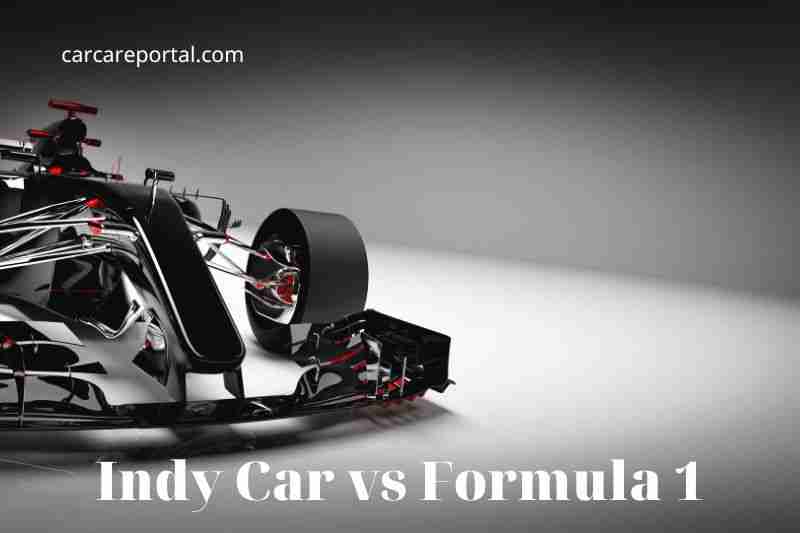
2. High-Speed Action
Both are also high-speed motorsports, with IndyCar often reaching speeds of about 230mph and F1 over 200mph. IndyCar and F1 are also very expensive and profitable sports for sponsors. They both have a large fan base and are viewed by millions across the globe.
In certain situations, drivers from both sports have shared the track, as was the case with Fernando Alonso and Juan Pablo Montoya, who competed in F1 before attempting IndyCar.
Finally, both sports employ a flag system identical to each other, with the yellow flag being the most popular, used to indicate the need for caution, leading the vehicles to slow down.
Now that we’ve discussed the parallels between IndyCar and F1, it’s time to consider the contrasts.
Indy Car vs Formula 1
1. Manufacturing
In Formula 1, each team is required by regulation to manufacture their cars; they are only permitted to acquire engines and transmissions; the rest is on their own, resulting in each car being unique, whereas in IndyCar, there are two fixed engine suppliers (Honda and Chevrolet) and one chassis (Dallara), so each team chooses what it buys, which makes it cheaper and results in dozens of cars with the same characteristics on the track.
2. Nature
Formula 1 cars are designed for mixed circuits, which means they are fast cars on the straight that can also take curves at higher speeds thanks to their aerodynamics.
In contrast, IndyCars are designed for constant speeds like ovals. When they go to circuits, their aerodynamics require them to brake earlier and harder before cornering, and they have a more challenging time accelerating. An F1 can go from 0 to 200 mph in 4 seconds, but an IndyCar takes twice as long.
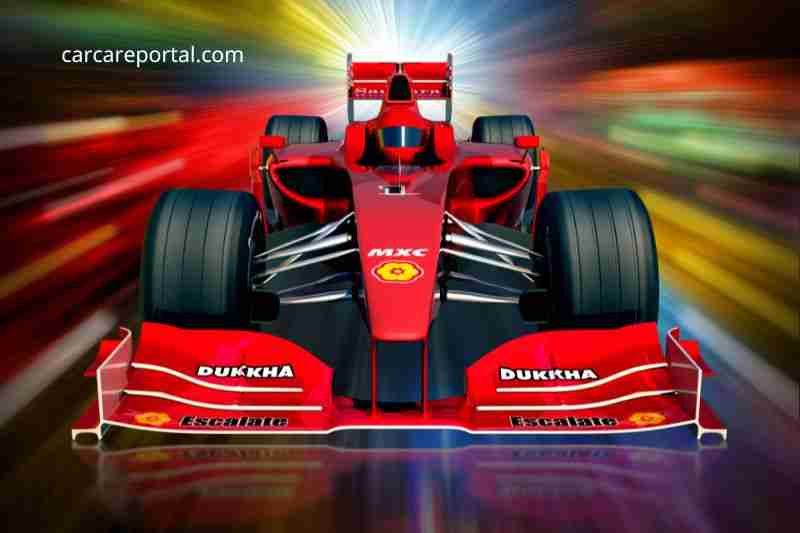
3. Strategy
In Formula One, each circuit is unique, so teams select aerodynamics based on the track, and once in the race, they can only change tires. In contrast, in IndyCar, there are only two aerodynamic packages, one for the circuit and one for ovals. Once in the race, you can change tires and refuel, resulting in more creative strategies and equality between teams.
As if that weren’t enough, Formula 1 utilizes the DRS technology, which retracts the rear wing to pass the opponent. At the same time, IndyCar uses the Push to Pass button, which temporarily adds up to 40 horsepower to accomplish overtaking.
4. Engines
Formula 1 has used 1.6-liter V6 turbocharged hybrid engines ranging from 800 to 1,000 horsepower for a few years. Still, IndyCar employs 2.2-liter V6 Biturbo engines ranging from 550 to 750 horsepower, which is why they do not accelerate as quickly. Quick, but with a greater peak speed
5. Security
In addition to the obvious safety precautions, Formula 1 drivers are protected by a halo, while IndyCar drivers are protected by an aeroscreen, which prevents any trash or debris from damaging the driver.
6. Fuel
For many years, IndyCar has utilized a blend of 85 percent ethanol and 15 percent gasoline, which speeds up combustion, but there is a drawback in the event of a fire: the flame is invisible. In Formula 1, high-octane gasoline is utilized 99 percent of the time, with the remainder being team-specific additives.
One is the cradle of automotive technology, and Formula 1 has generated many advances in the automotive industry. In contrast, IndyCar seeks to remain “pure” with the simple idea of being faster than the competition. Though the times have caught up with it, it will integrate hybrid engines into its arsenal starting in 2021.
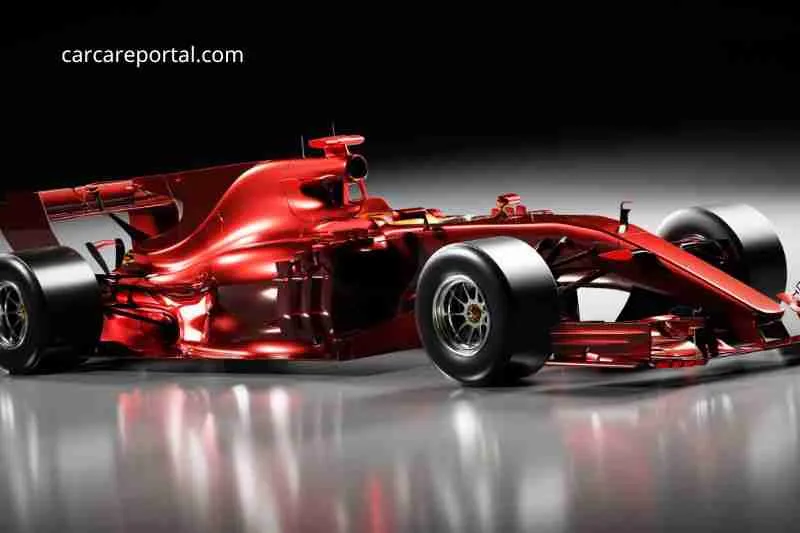
Formula 1 vs. IndyCar: Which is faster?
Formula 1 and IndyCar races may also reach high speeds of 225 mph. They both have benefits, though.
F1 cars accelerate quicker through curves and turns than IndyCar vehicles. However, IndyCar may have a faster peak speed.
Valtteri Bottas established a Formula One race speed record of 231.4 mph in 2016. The highest speed ever recorded in an F1 vehicle is 246.9 mph, obtained by Honda when they attempted to surpass 400 km/h (248.5 mph) at the Bonneville Salt Flats in Utah.
On low downforce configurations at the end of straights and oval circuits, IndyCar may reach speeds of about 236 mph in a race.
In Monza, an F1 vehicle will essentially fry an IndyCar. In Indianapolis, though, an IndyCar will outperform an F1 vehicle.
FAQs
1. Which sport has the fastest peak speeds, F1 or IndyCar?
On oval superspeedway tracks, IndyCar machinery can reach speeds of around 240mph from twin-turbocharged 2.2-liter V6 engines, whereas F1 cars on road courses can reach speeds of around 205mph from turbocharged 1.6-liter V6 hybrid engines – although, in 2019, both Sebastian Vettel and Sergio Perez managed to hit 223.5mph at Monza (the lowest-downforce track on the schedule) and Mexico City (where the air is less dense at altitude). F1’s lower max speeds may be attributed to the rules’ emphasis on downforce and cornering speeds.
However, IndyCar’s better straight-line speed does not always imply that its cars are quicker throughout an entire road course lap. F1 vehicles accelerate substantially faster than IndyCars and gain significant turn time owing to having far more downforce.
In 2019, IndyCar competed at the Circuit of the Americas, the US Grand Prix site, for the first time, allowing for direct comparisons. Will Power won the pole position with a lap time of 1m46.017s and an average speed of 115mph. Valtteri Bottas repeated it almost nine months later at the US GP with a 1m32.029s, 14 seconds faster and averaged 133.5mph.
With so many different approaches to racing, looking at series speed isn’t truly representative. IndyCar places a strong focus on providing a fair playing field, with all teams having the identical Dallara chassis and the option of employing Honda or Chevrolet engines.
In F1, there are now four engine manufacturers, and each team produces its vehicles and components. As a result, the competitiveness of the vehicles varies significantly from front to rear of the grid, and budgets spiral in the points race.
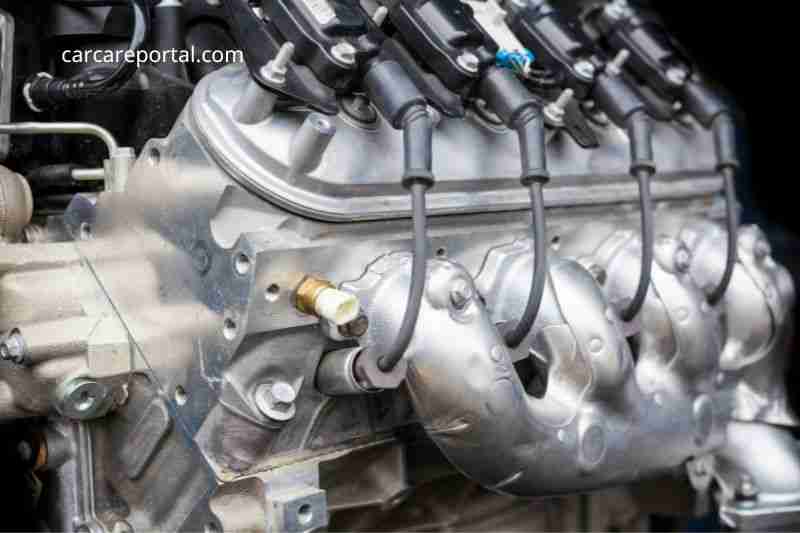
2. How much horsepower do IndyCar and Formula One vehicles have?
Depending on turbo boost, IndyCar engines have between 600 and 750hp to play with. F1 engine makers, on the other hand, are notoriously secretive about the capabilities of their present technology.
Renault said in 2019 that it has achieved 1000bhp using its internal combustion engine and hybrid systems, and it is thought that Ferrari, Honda, and Mercedes have also accomplished this feat.
3. What kind of assistance are available in F1 and IndyCar?
Since 2011, F1 has employed DRS to compensate for the aerodynamic disadvantage of driving closely behind another vehicle and to promote overtaking.
The technique works by letting vehicles within one second of the car in a front raise a piece of the rear wing on selected straights, enhancing aerodynamic efficiency and allowing the car to run normally without the disadvantage of filthy air.
In 2009, IndyCar implemented the push-to-pass technique to assist boost the quantity of overtaking. Drivers may momentarily enhance engine power by around 50hp by pressing a button on the steering wheel.
In 2017, the regulations were altered to give each driver up to 200 seconds of additional power throughout the race rather than a predetermined number of usage, enabling drivers to back out of unsuccessful overtaking moves without losing extra seconds of boost and deploy that at a later time.
IndyCar’s BorgWarner turbos are meant to operate at 1.3-bar on superspeedways, but for the Indy 500, this is boosted to 1.5-bar on Fast Friday and Qualifying weekend, providing around 90hp more.
4. How do the audiences for F1 and IndyCar compare?
IndyCar’s TV viewership is much smaller than the worldwide F1 World Championship since it is primarily a national series.
In 2019, IndyCar averaged 5.45 million viewers per race across all of NBC’s affiliated networks, the series’ official broadcaster. In contrast, F1’s average worldwide viewership last year was 91.5 million, the largest total attendance since 2012. However, both series’ viewership increased by 9% compared to 2018.
Last Thoughts
There are several distinctions between IndyCar and Formula 1, most of which can be found in the vehicles utilized. In addition, the shapes and sizes of the courses vary between IndyCar and F1. Regardless of their differences, they both symbolize racing at its most extreme.











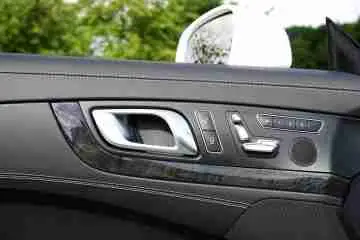
No Comment